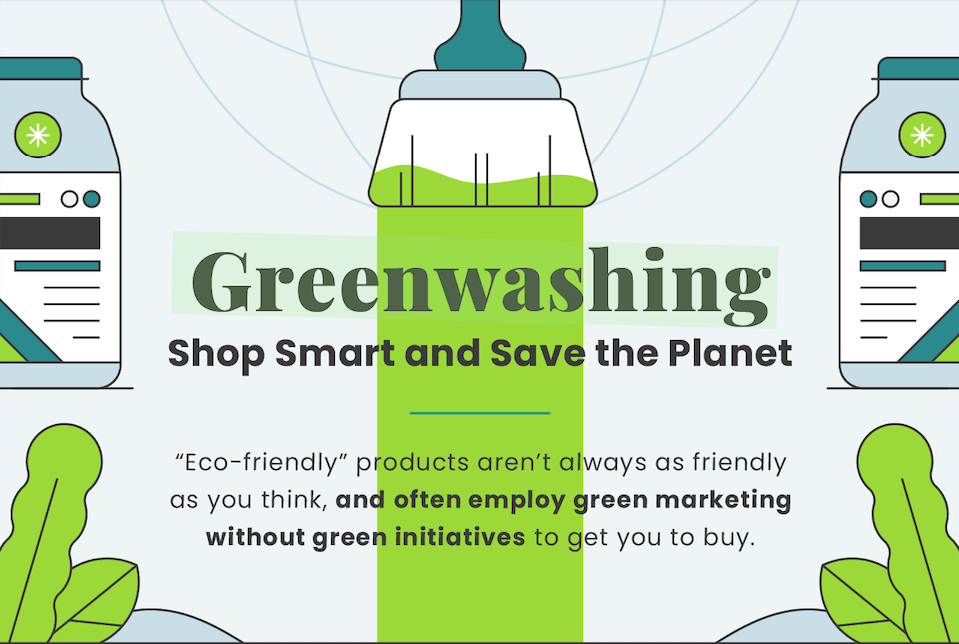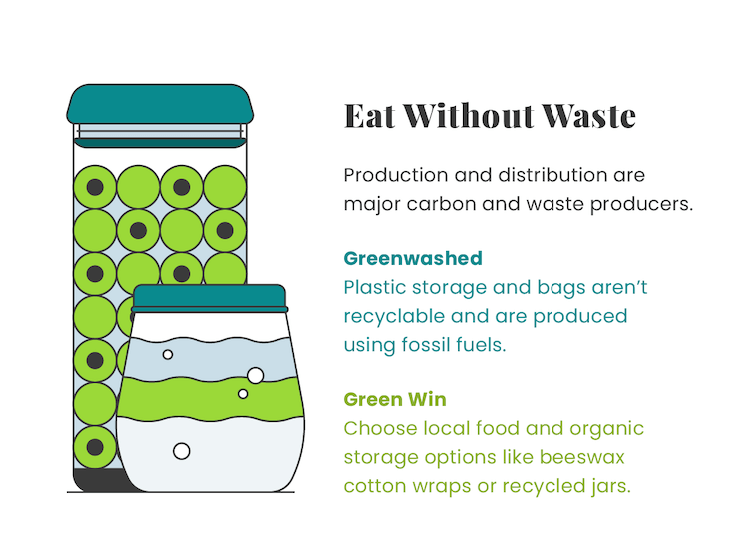Table of Contents
There’s a lot of hype around the term “Greenwashing” these days. But what is it? And how to avoid it? Let’s try to clear that up.
Did you notice the increase of eco-friendly products on the market recently? Everything from food and beauty products, to cars and furniture now wears the eco tag.
Being environmentally conscious has become a fashionable trend, increasing demand for eco-friendly goods. Unfortunately, at the same time, the number of shady businesses looking to profit from people’s gullibility has risen just as well. And that is how the greenwashing phenomenon appeared.
If this is a new term for you, don’t worry. This article is here to explain what greenwashing is and how to avoid it. So, let us examine what you can do to prevent being duped by people who are simply interested in profiting from your good intentions to protect the environment.
What Is Greenwashing?
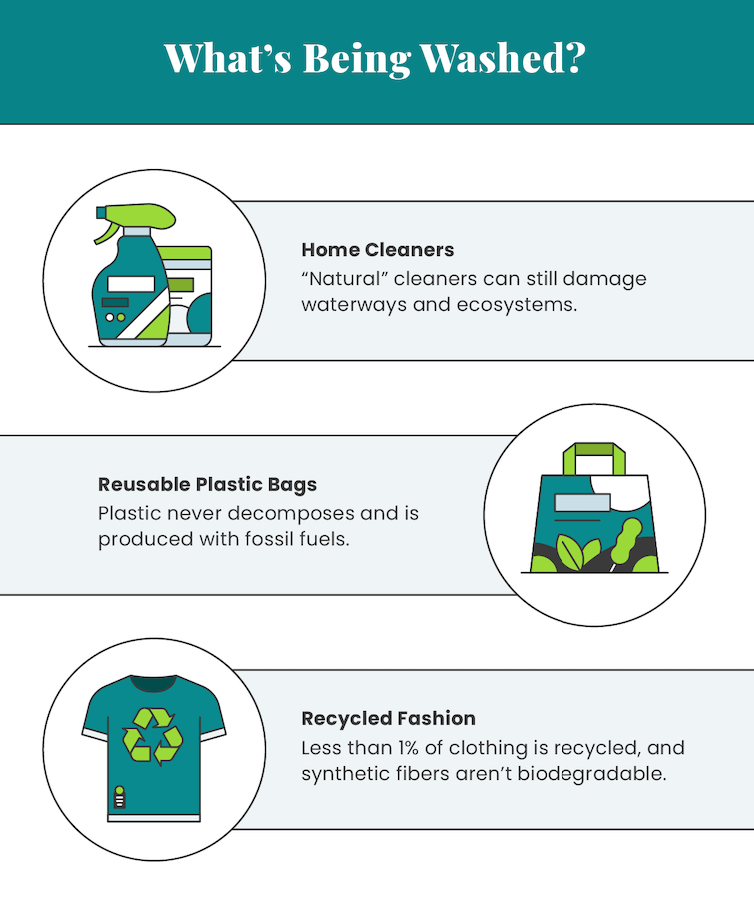
Before looking at how to avoid greenwashing, let’s see what this phenomenon is all about.
Greenwashing is what the shady businesses we mentioned earlier are trying to do to make more money. These businesses brand products as natural, eco-friendly, vegan, or sustainable, even if they are not. In essence, they are misleading consumers into believing that their products are non toxic and non damaging for the environment by using false claims and untrue advertising.
Any product can be packed nicely and presented as being eco-friendly. That doesn’t always make it environmentally-friendly! Here are some things to look for:
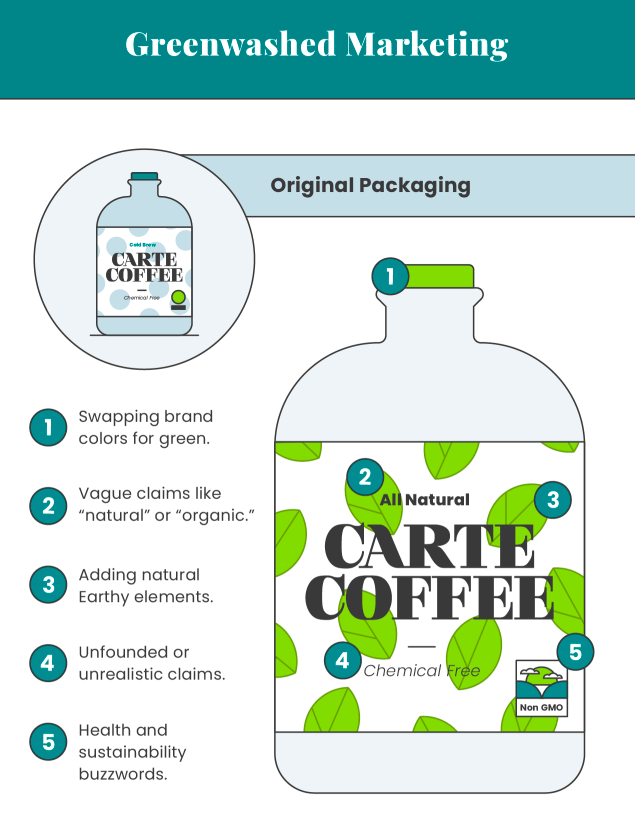
This approach has become so popular that it can be difficult for consumers to distinguish between genuine eco-friendly items and imposters. Furthermore, these so-called environmentally friendly products often do just the opposite and destroy it. However, there are ways to avoid greenwashed products and instead make sustainable shopping choices, and we can help you learn how to do it.
Do Your Research
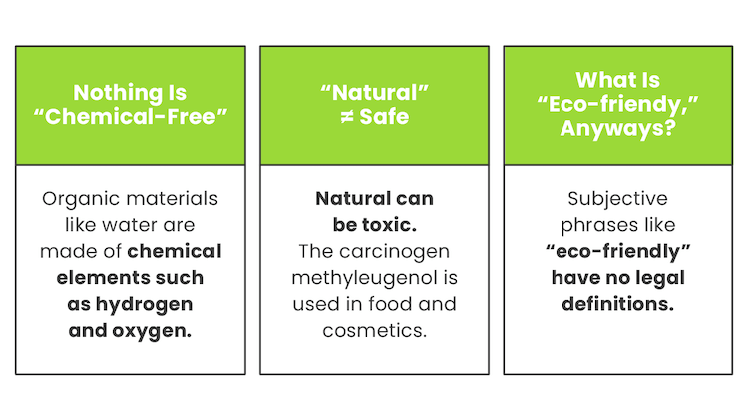
If you are interested in increasing your sustainability efforts and want to learn how to avoid greenwashing, you need to make sure that what you buy is what you want. For that, do some background research. And we are not talking about merely looking up the product on the internet and assuming it is OK because it says it is green. No, we are saying that you should take your time and research it thoroughly.
And we agree. It can be tiring and frustrating when you want to go fully green but have to research every product you want to buy. However, if you want to avoid greenwashing all together, you pretty much need to become a detective.
Don’t research just the products you want to buy, but also the company. If a company produces a variety of products, some may be OK while others may not be, all so that they can claim to be environmentally friendly. For example, you may see a brand that sells sustainable beauty goods in recyclable packaging and then also leather bags. While one of the products is good, the production of the other one is destroying the environment. So the product alone is not only your concern, but also the company as a whole.
If a company claims that it is environmentally friendly, always look for proof. Claiming this on their website or labels is one thing… transparency of their commitment to sustainability is something else entirely. Research the evidence that can back up their sustainability claims to be 100% sure that this company aligns with your values.
Avoid Products With Suspicious Labels
Greenwashing is thriving because people don’t know they can avoid it by reading product labels. That’s why learning how to avoid greenwashed products involves reading the labels. Always!
When it comes to labels that should raise suspicion, there are two categories: vague or irrelevant and stuffy or forced. The first group consists of labels that conceal essential information. For example, it might omit the process of obtaining the product or the provenance of the raw material. In a nutshell, the labels are vague and irrelevant.
The second group does the opposite and uses buzzwords that look good on the label, such as eco-friendly, green, or sustainable, just because they attract buyers. In reality, those words can be irrelevant and untrue. Also, they may claim not to use certain toxins that are already forbidden so that they confuse the customer.
In addition, there is a third type of deceptive marketing that does not fall into either of the two categories: convincing customers to buy a product that is supposedly less harmful than a similar one, such as organic cigarettes instead of regular cigarettes. In truth, both products are just as damaging to your health and the environment.
As a result, whenever you are uncertain about the information on a label, research the terms used and the substances mentioned. Or explore sustainable options that have already been verified and are safe to use. For example, there are many eco-friendly packaging ideas to explore when relocating. Those who want to protect the environment will find appropriate solutions no matter the event they are going through.
How To Combat Greenwashing?
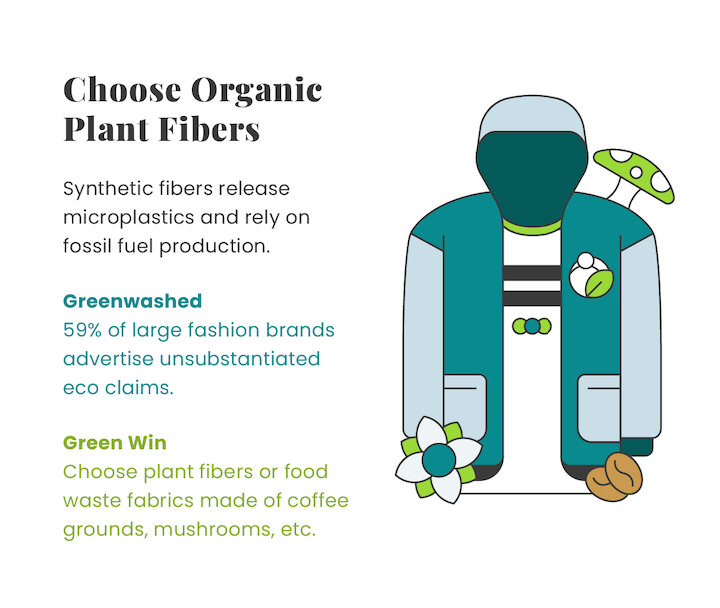
Now that you know what greenwashing is and how to avoid it let’s talk about how to combat it. Even if it seems impossible to expose big companies that are practicing it, there is an important role you can play as an individual.
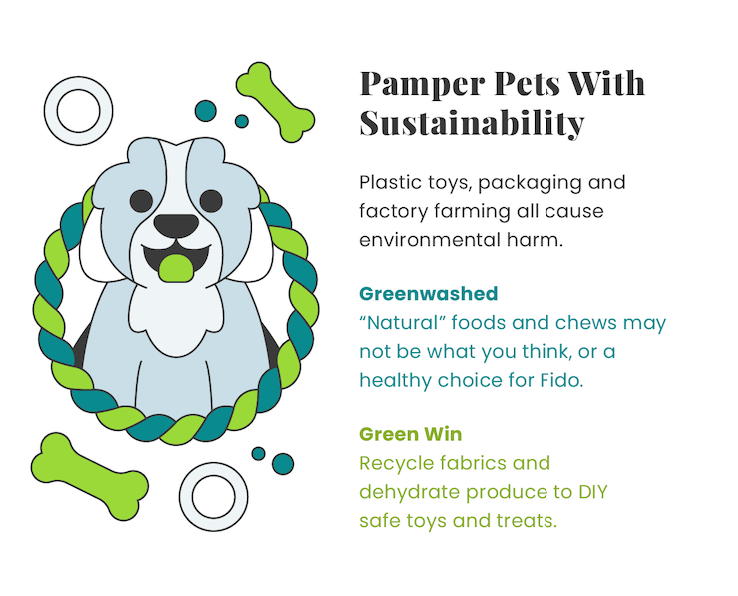
To start, you can educate your family and friends about greenwashing and teach them how to avoid it. You can also adopt sustainable practices and do your part in protecting the environment.

Look for the EPA Safer Choice icon on the label of the next product you buy. Always go back to the three R’s – recycle and reuse items, don’t just throw things away. Always find a second home or second use for it. This will, of course, reduce how much you buy (and lower how much you spend!). These are just some small steps that will help you save the environment and save some money.
Change the way you do your shopping, make your home green, and stop using unsustainable items in your home. Switch to reusable produce bags made of organic cotton and keep vegetables and fruits good for longer by storing them in freshie food saver bags. Our favorite beeswax wraps are from Bee Kind, they are the best quality I’ve come across and have the cutest designs!
On the energy front, if you upgrade your appliances to more sustainable ones, your energy consumption will decrease. The same goes if you opt for solar panels instead of electricity.
You can also reach out to organizations that call out companies that practice greenwashing and raise awareness. In the end, it is our responsibility toward our planet not to turn a blind eye. And if you think that your contribution is insignificant, trust us – all those attempting to make a difference are important.
Final Words
If you want to make our planet a better place for future generations, explain to others what greenwashing is and how to avoid it. Also, remember to always research products you want to buy and the company that produces them.
Read the labels carefully and look for credible third party certifications. These are the simplest ways to prevent the spread of fake goods on the market. And the more people know about the greenwashing phenomenon, the better. Big corporations will be discouraged from using greenwashing if nobody buys their products.
If you want to learn more about how to avoid greenwashing and lead an environmentally friendly lifestyle, check out some other posts on our blog.
If you liked this article, you might also enjoy:
- Avoid Polluting the Environment While Cleaning Your Home
- Quality vs Quantity: Why Sustainable Shopping Is Difficult In The Era Of Excess
- 9 Ways You’re Accidentally Wasting Energy
